For many visitors to this unique southern African country, the possibility of spotting all of the Big Five in Botswana – lion, leopard, African elephant, rhino and buffalo – is alluring. But where are the best places to go on a Big Five safari? Our handy guide is here to help.
Where should I go to see the Big Five in Botswana?
Wildlife travel has become increasingly popular in the last few years, and for good reason. The opportunity to spot different species and experience the wonders of Africa’s natural landscapes is almost too good to pass up. Botswana safaris are some of the best in the world, but if you’ve got your sights set on the Big Five specifically, it can pay to know where to focus your attention.
If you’ve got time in your hands, consider venturing beyond Botswana and check out our guide to the 10 Best African Safaris, which contains detailed information on where you can find all the Big Five as well as other amazing safari experiences throughout Africa.
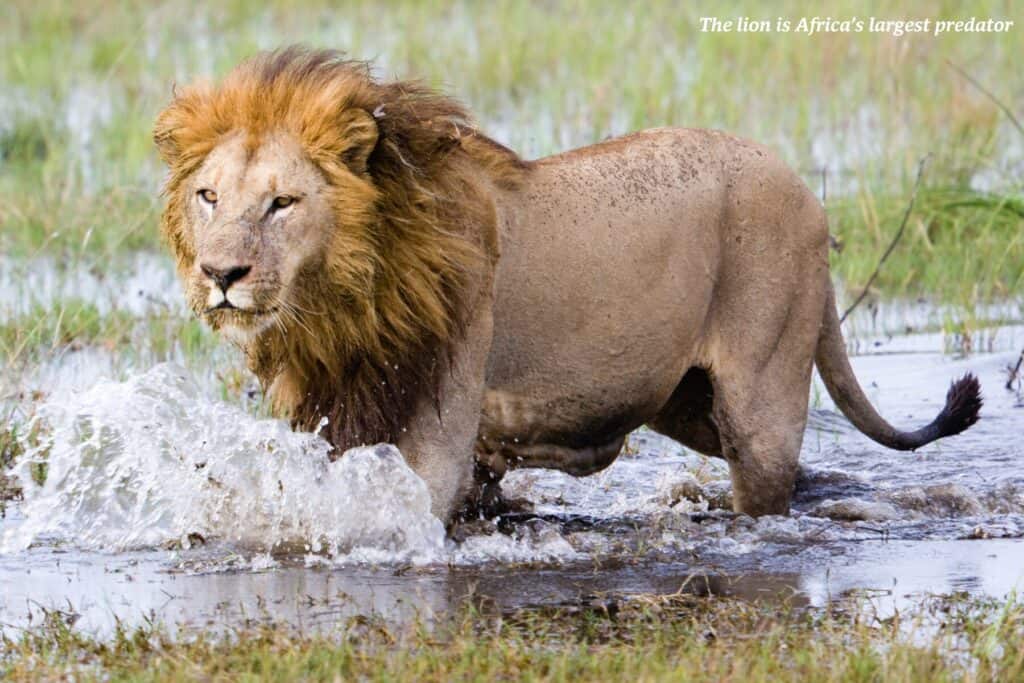
Where to see lions in Botswana
Africa’s largest predator, the lion is the animal that everybody hopes to see on safari. They occur throughout Botswana and are very common in the main northern areas of Chobe National Park, Linyanti-Kwando and the Okavango.
Note that an Okavango Delta safari is among the most popular choices for visitors to Botswana.
Lions also range across the Kalahari, in the Nxai Makgadikgadi areas and the Central Kalahari Game Reserve (a UNESCO World Heritage Site), though the relative scarcity of prey leads to small, dissociated pride structures which have vast territories.
In the northern reserves, where food is plentiful, the converse is the case. Large prides are the norm and some, like those around North Gate and Savuti, have become so big that they make a speciality of killing young and juvenile elephants in order to have enough meat to go around. Even if visiting these prolific reserves for just a few days, you’d be unlikely not to see at least some lions. And while you’re waiting, you’ll be treated to up-close interactions with countless bird species and various other small mammals.
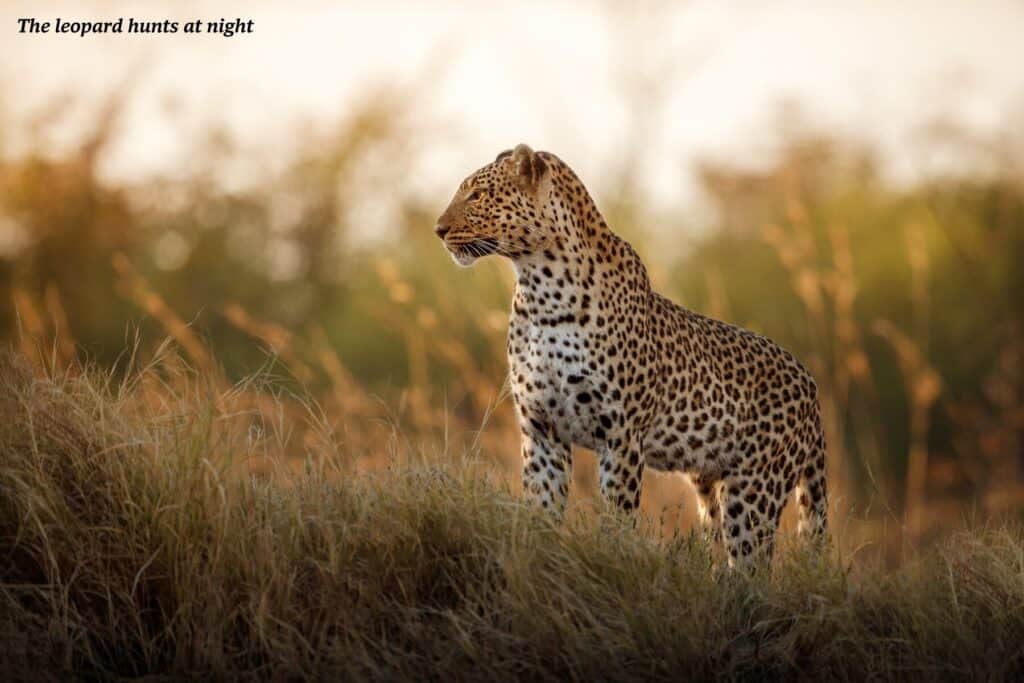
Where to see leopards in Botswana
The leopard is the most solitary and secretive of Africa’s big cats. It hunts at night, using stealth and power, often getting to within five metres of its intended prey before pouncing.
The leopard is also the most common of Africa’s large felines.
Some of Botswana’s bush offers perfect habitat, with plenty of thickets, cover, and big trees. The riverine woodlands found throughout the Chobe, Linyanti-Kwando and Okavango areas are firm favourites with them. Here, they’re quite often seen by sharp-eyed observers who scan low-hanging branches for these lounging felines.
Meanwhile, drives around dusk and early evening in the private concessions will sometimes yield good sightings of leopard going out on hunting forays as the light fades. Remarkably, leopard often seem unperturbed by the presence of a vehicle and spotlight and will often continue whatever they are doing regardless of an audience; watching a leopard stalk is captivating viewing.
Leopards are very adaptable. There are many records of them living for years undetected in close proximity to humans, for example in the suburbs of major African cities like Nairobi, where they prey on domestic dogs. Given this, it’s no surprise that they’re also found throughout the Kalahari, though in lower densities commensurate with the relative lack of prey.
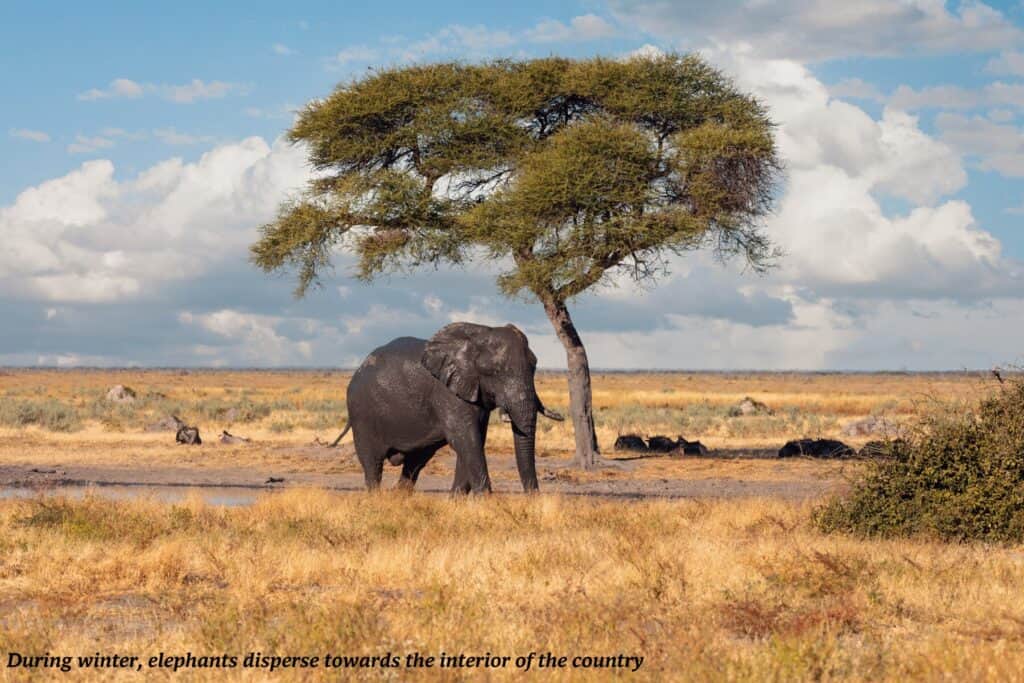
Where to see African elephants in Botswana
The world’s largest land animal, the African elephant is intelligent, social, and often very entertaining to watch. Females live in closely knit clans in which the eldest plays matriarch over her sisters, daughters, and granddaughters.
Elephants are widespread and common in habitats ranging from deserts to rainforest; but they require trees and access to drinking water.
They are very common in the north of the country (you can check out our travel guide to Botswana here). The Chobe, Kwando-Linyanti and Okavango areas have one of Africa’s greatest populations.
During the rains, from December onwards, these disperse in the interior of the country, into the vast expanses of mopane forest and into the drier areas of the northern Kalahari. They split up into smaller family groups and spread out all over the place in order to find water (the clay pans of the mopane woodlands are especially valuable as sources).
Despite their range having become more restricted by human expansion over the years, individuals will often wander widely, turning up in locations from which they have been absent for years.
However, as the dry season progresses and the waterholes dry up, small groups gradually coalesce into larger herds, and head for the permanent sources: the rivers and the Delta. Thus by September and October you can normally see huge herds of elephants along the Chobe, Kwando and Linyanti rivers. The number and size of herds in the Okavango increases also.
Did you know that the Okavango Delta is one of the world’s greatest inland waterways? You can read more about the best wetlands on the planet here.
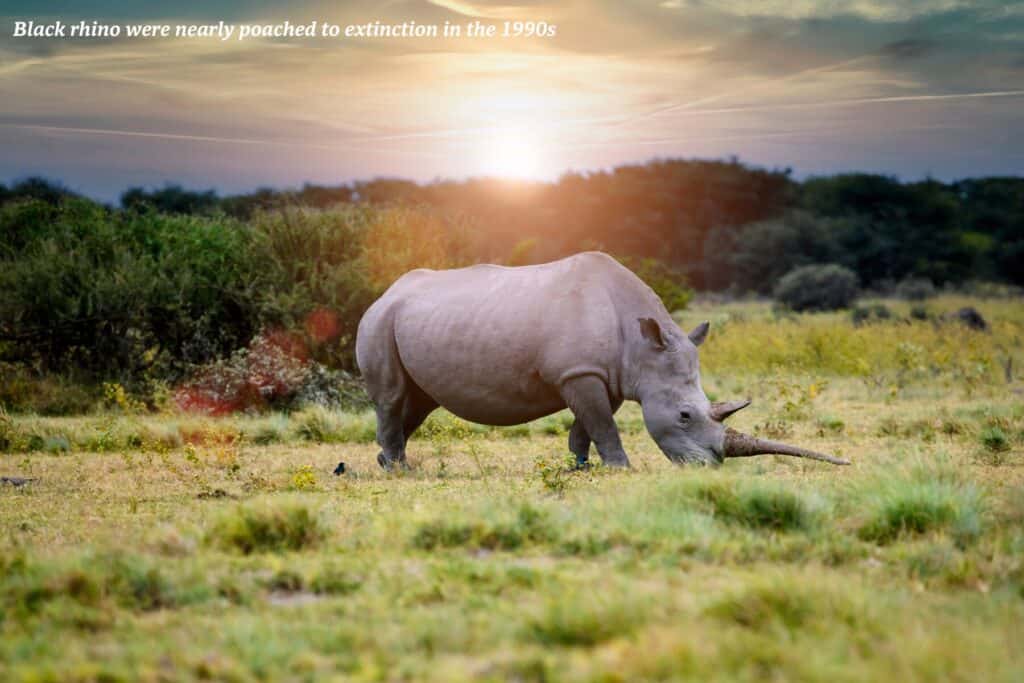
Where to see rhino in Botswana
The black rhino is the more widespread of Africa’s two rhino species, an imposing and rather temperamental creature.
Black rhino were once found all over northern Botswana, but were thought to have been poached to extinction here during the 1990s, while becoming highly endangered in many other countries within their range. Now, following the successful reintroduction of white rhino, black rhino have also been reintroduced, with their populations continuously monitored.
Black rhino exploit a wide range of habitats from dense woodlands and undisturbed natural vegetation to arid semi-desert, and are generally solitary animals.
They can survive without drinking for four to five days.
However, their territorial behaviour and regular patterns of movement make them an easy target for poachers. Black rhino can be very aggressive when disturbed and will charge with minimal provocation.
Consider a visit to the Moremi Game Reserve for your best chance of seeing black rhino up close, plus countless other opportunities for further game viewing.
Unlike their smaller cousins, white rhino are generally placid grazing animals and are very rarely aggressive. They prefer open grassy plains and are often seen in small groups.
Today, Botswana’s wild areas are viewed as safer havens from poaching than South Africa’s game ranches. Thus, transfers of animals from South Africa, and natural population growth, have resulted in a surge in Botswana’s population.
Visitors are increasingly seeing evidence of this, as sightings of white rhino are becoming less of a rarity across northern Botswana.
For more information, don’t miss our top tips for where to see rhinos in Botswana.
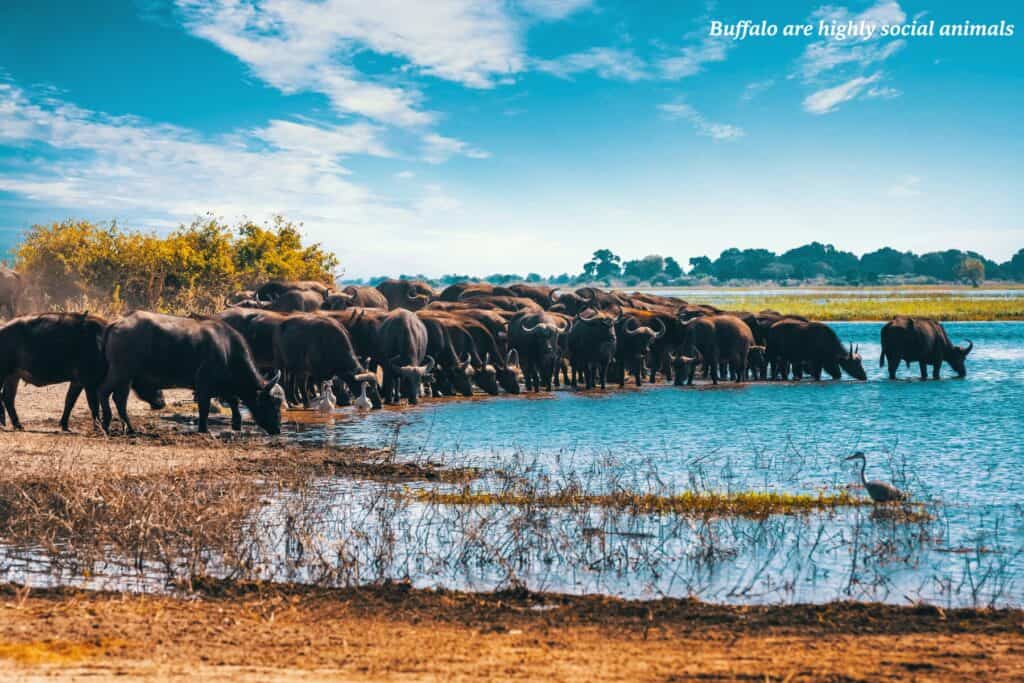
Where to see buffalo in Botswana
The Cape, or African, buffalo is a distinctive, highly social, ox-like animal that lives as part of a herd. It prefers well-watered savannah, though also occurs in forested areas.
Common and widespread in sub-Saharan Africa, in Botswana the buffalo is limited to the north of the country, largely by the absence of sufficient water elsewhere.
Their annual movements mirror those of elephants in general terms. During the rains, from December onwards, they disperse into the mopane forests and into the drier areas of the northern Kalahari, splitting up into smaller groups and spreading out.
However, as the dry season progresses, they gather together into larger herds, and congregate near permanent sources of water: along the Chobe, Kwando and Linyanti rivers, and throughout the Okavango Delta. Then you’ll see them in most reserves with water, though the open plains of NG23 (Duba Plains) seem to have particularly high concentrations of buffalo.
More information
Want to spot the Big Five for yourself? Check out our guide to Botswana.
If you’re considering booking a trip, Explore operates a number of tours in Botswana to cater to every traveller’s taste.
